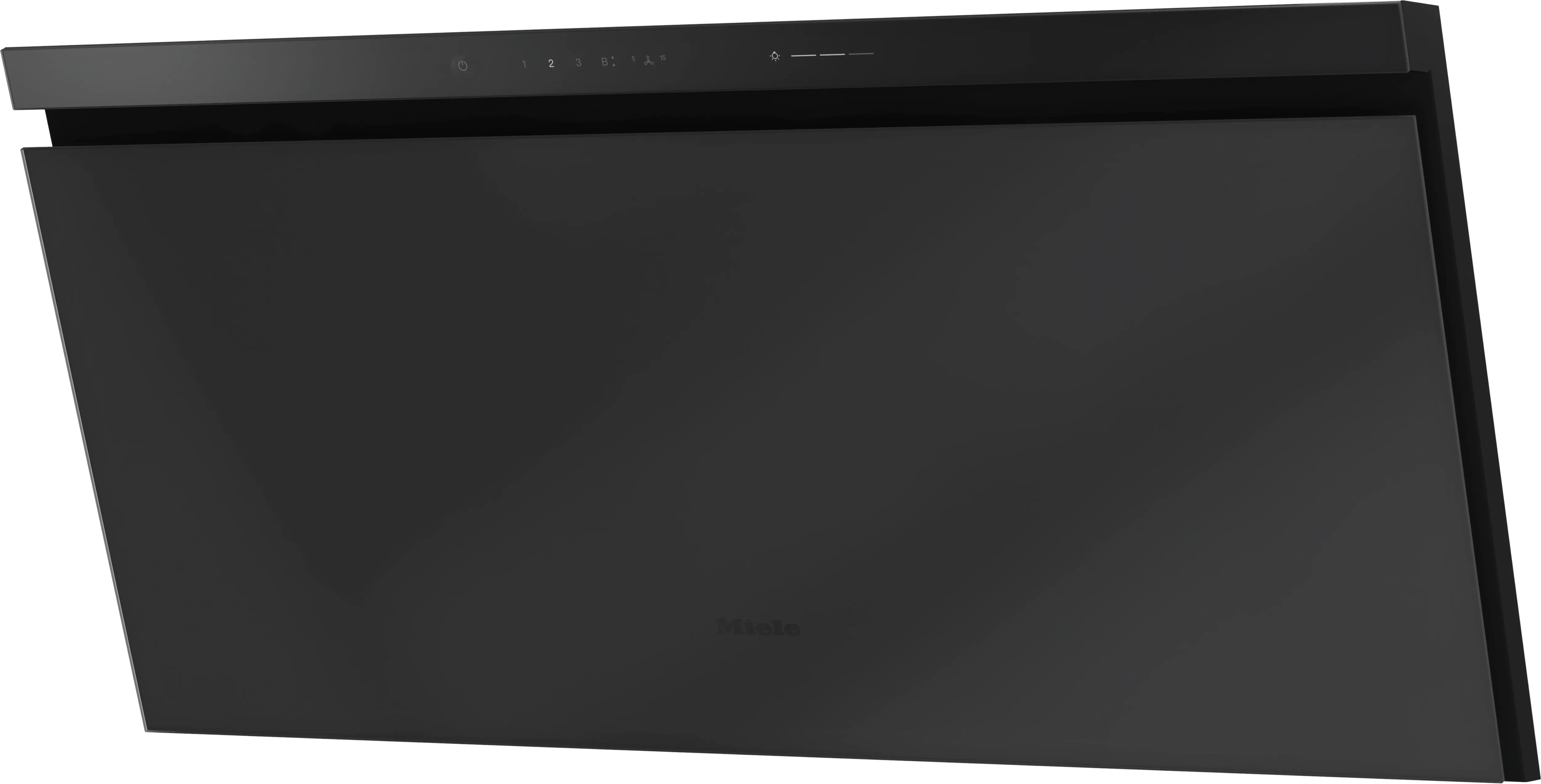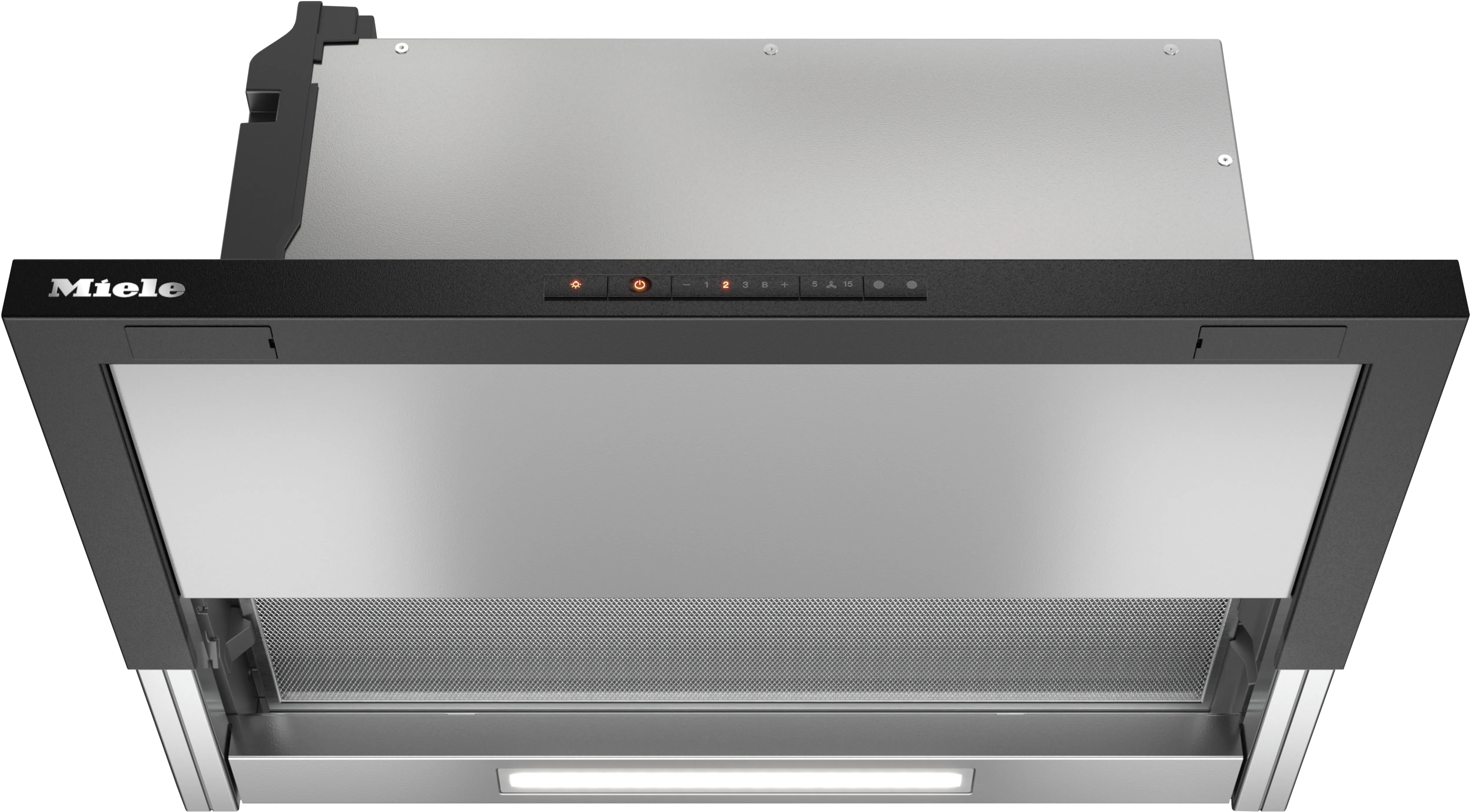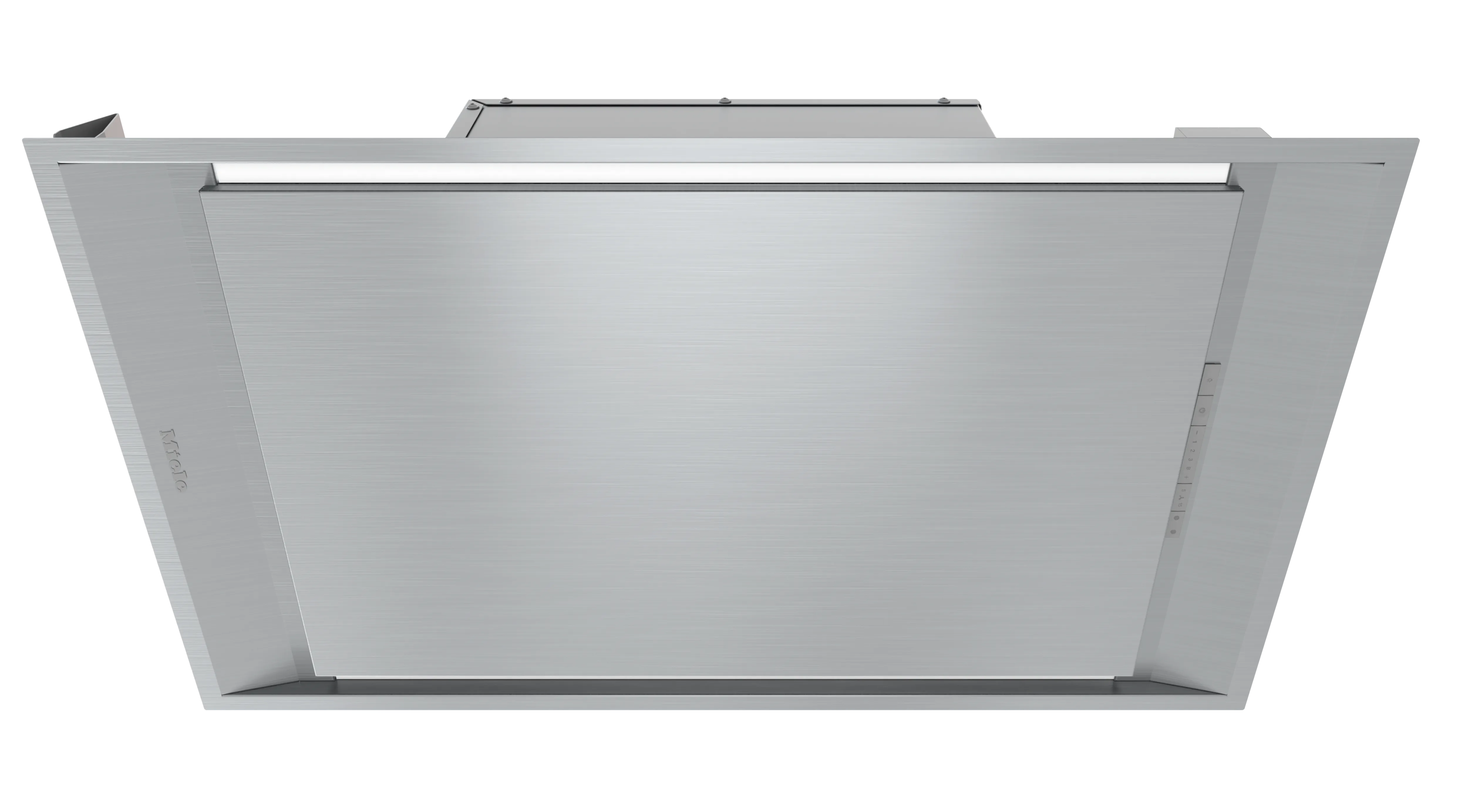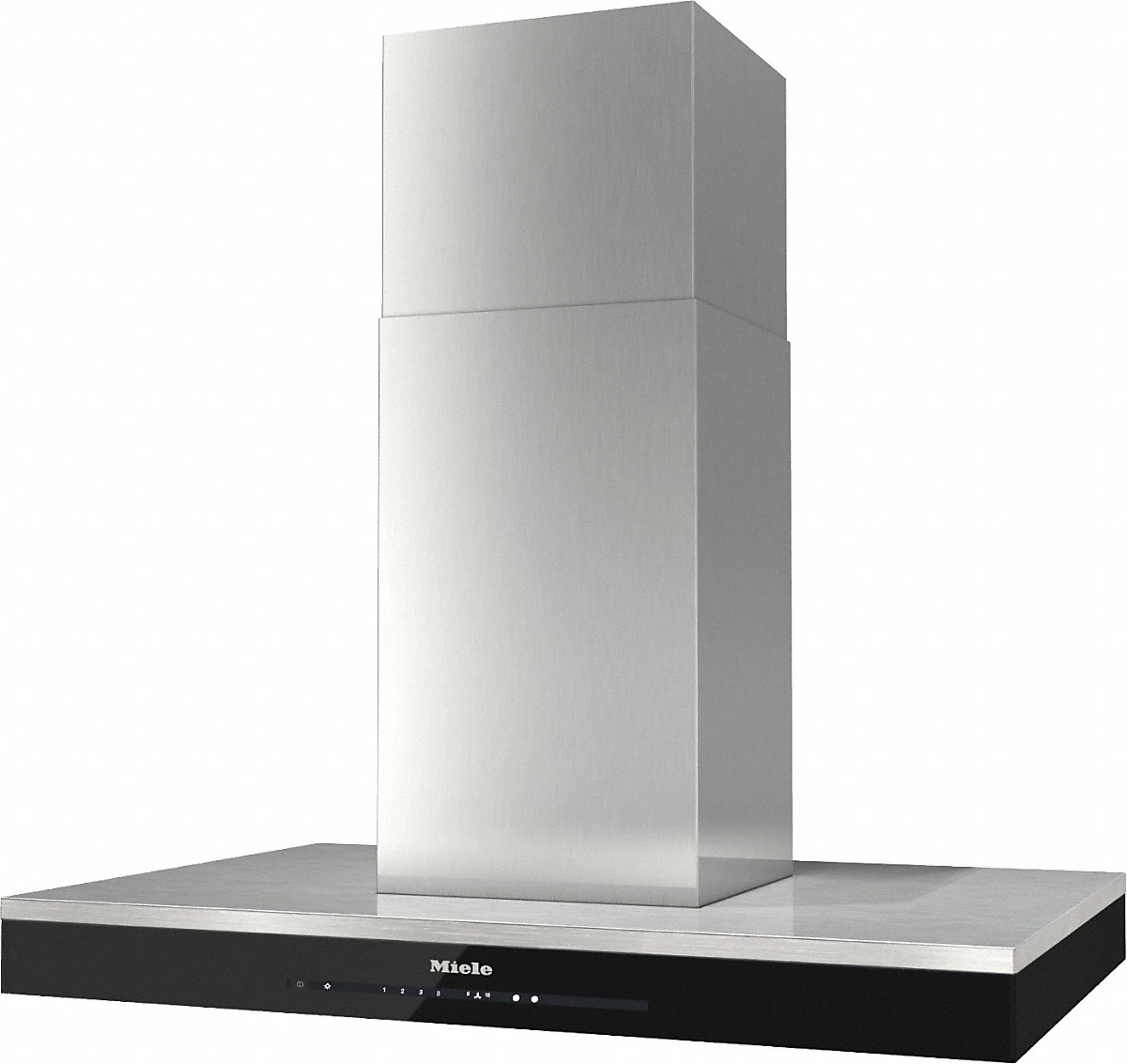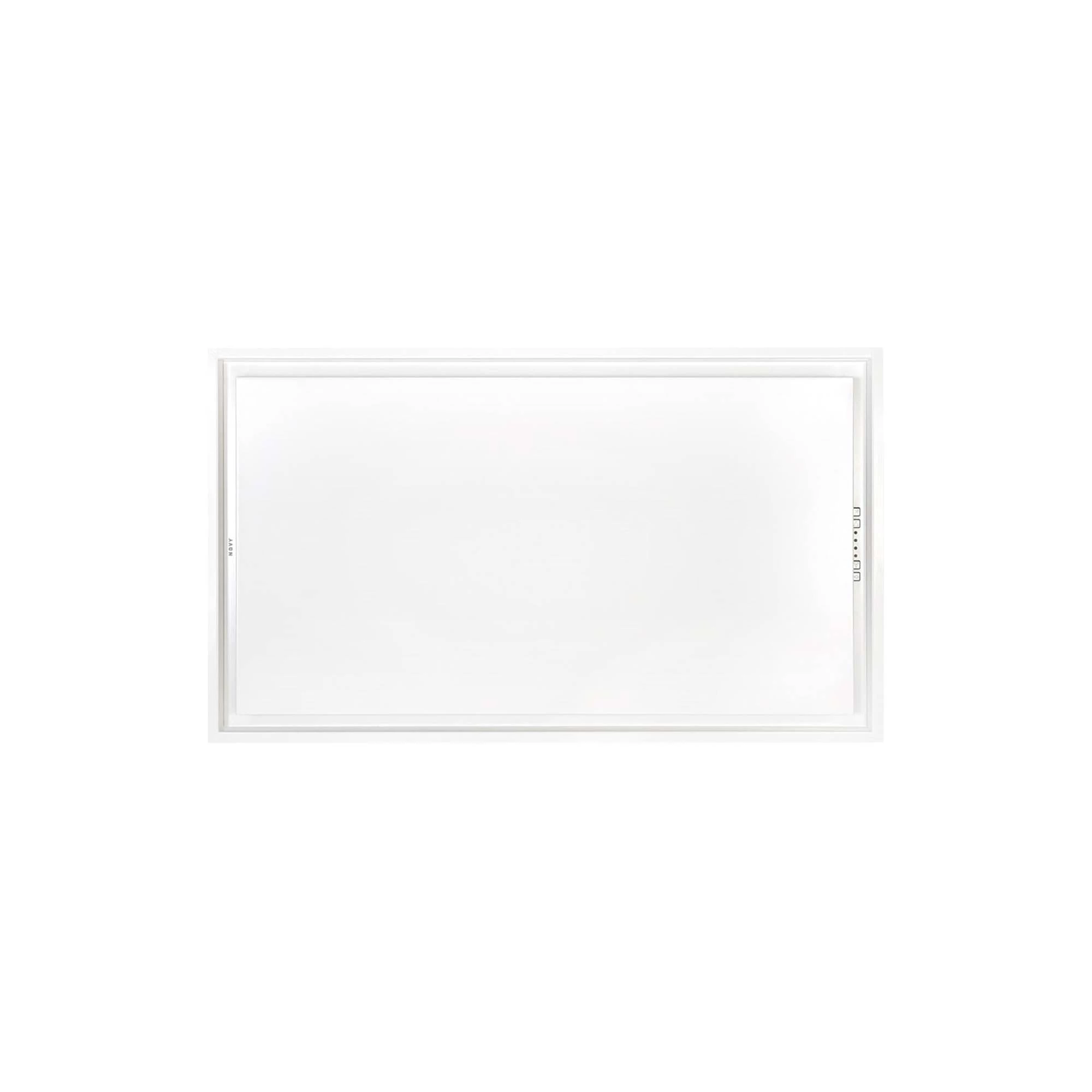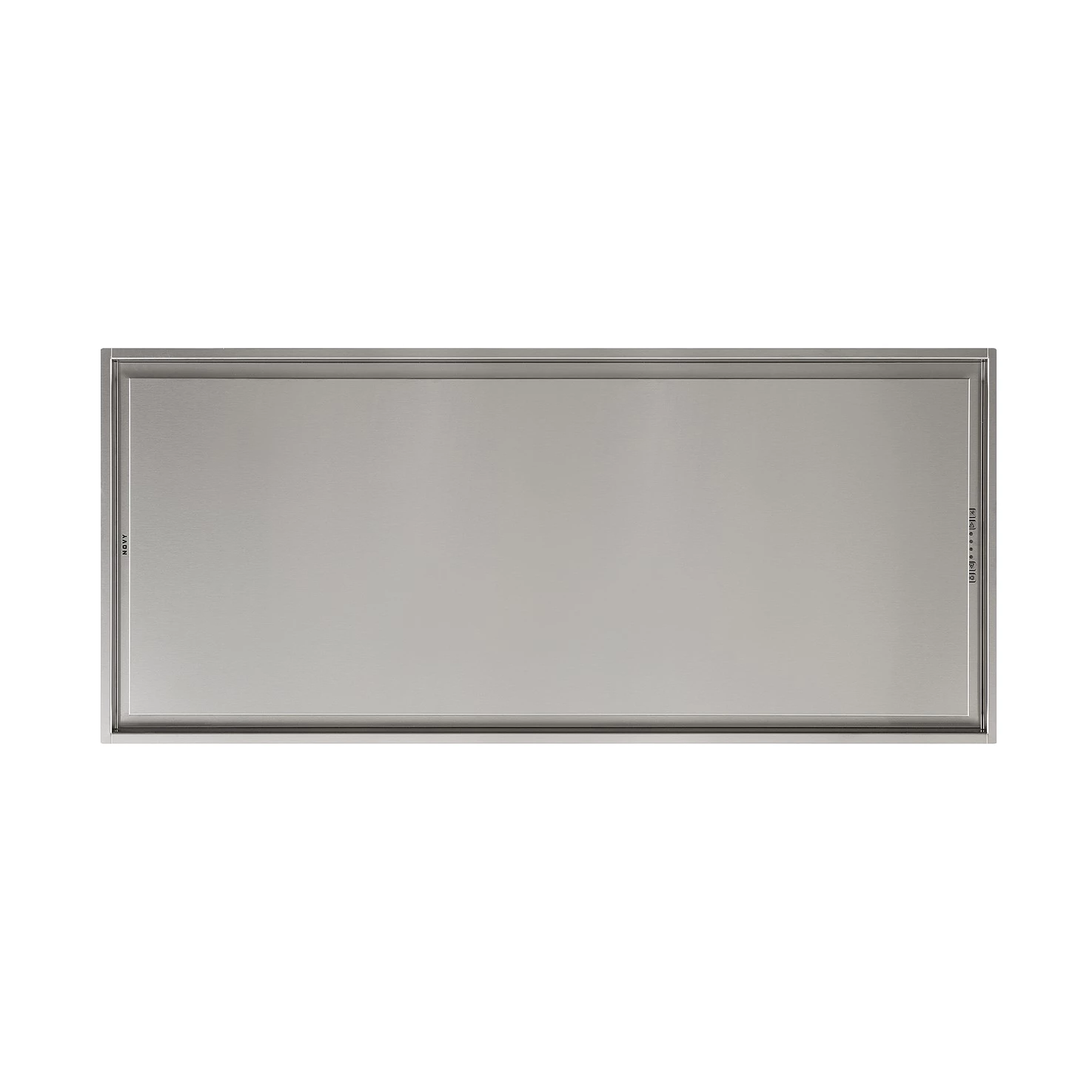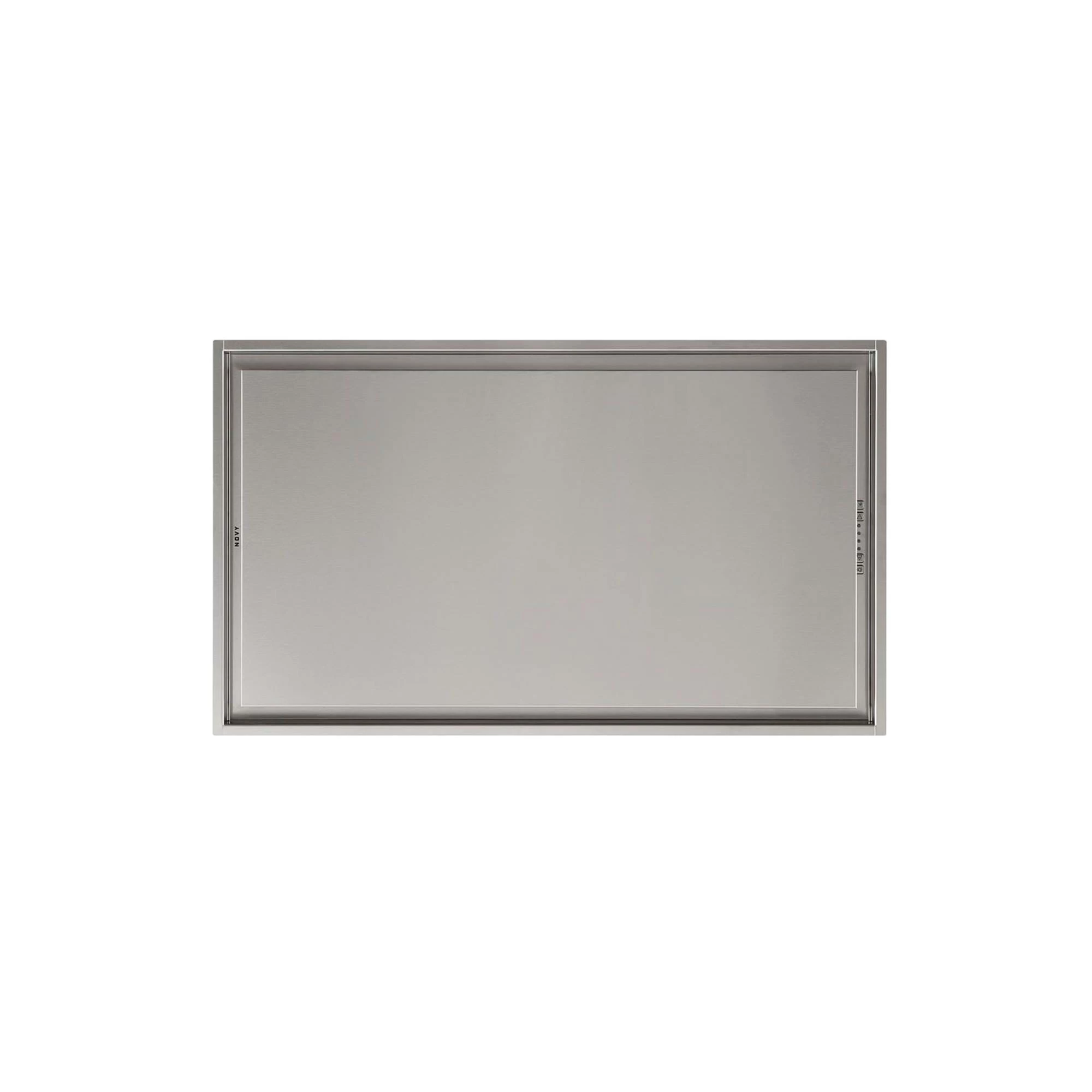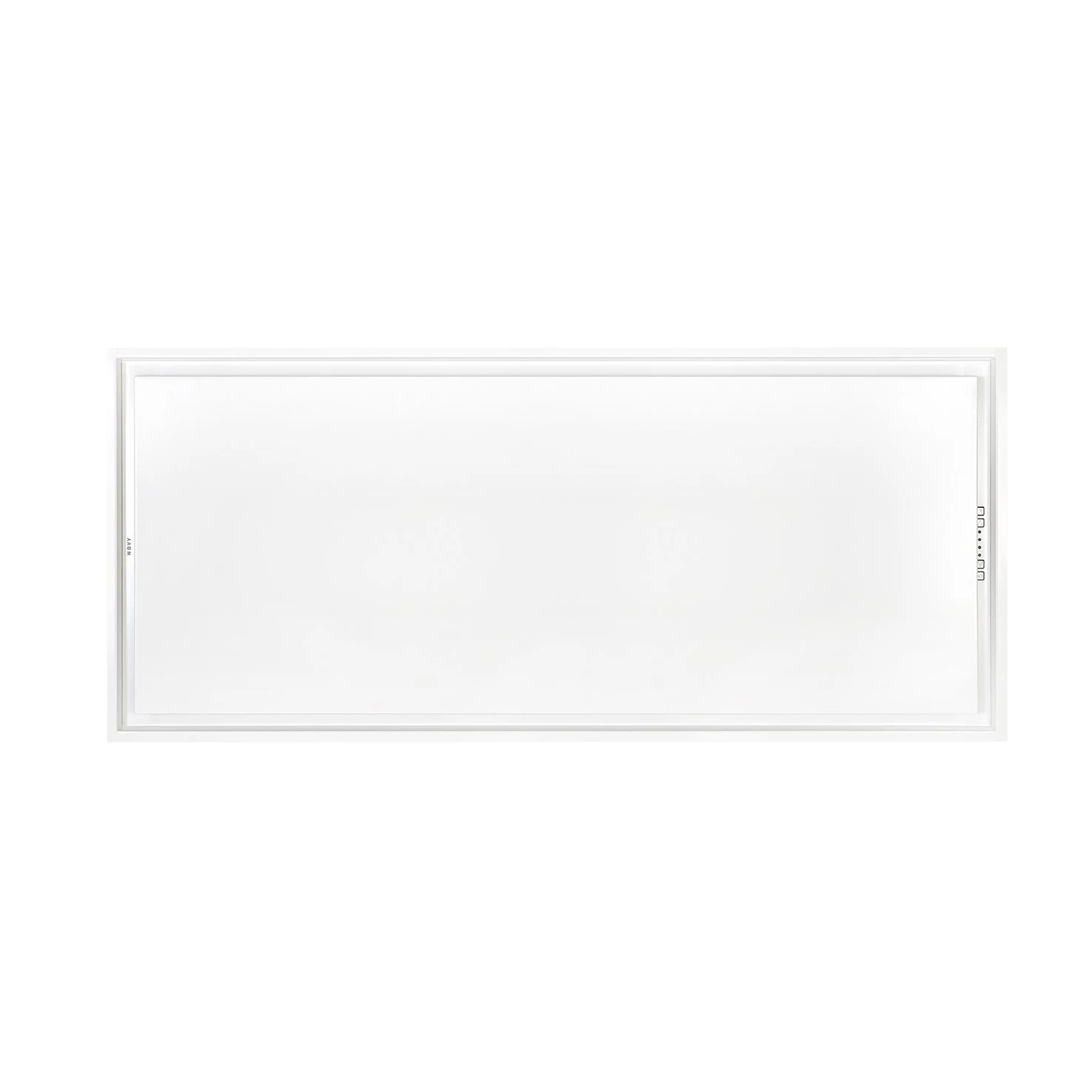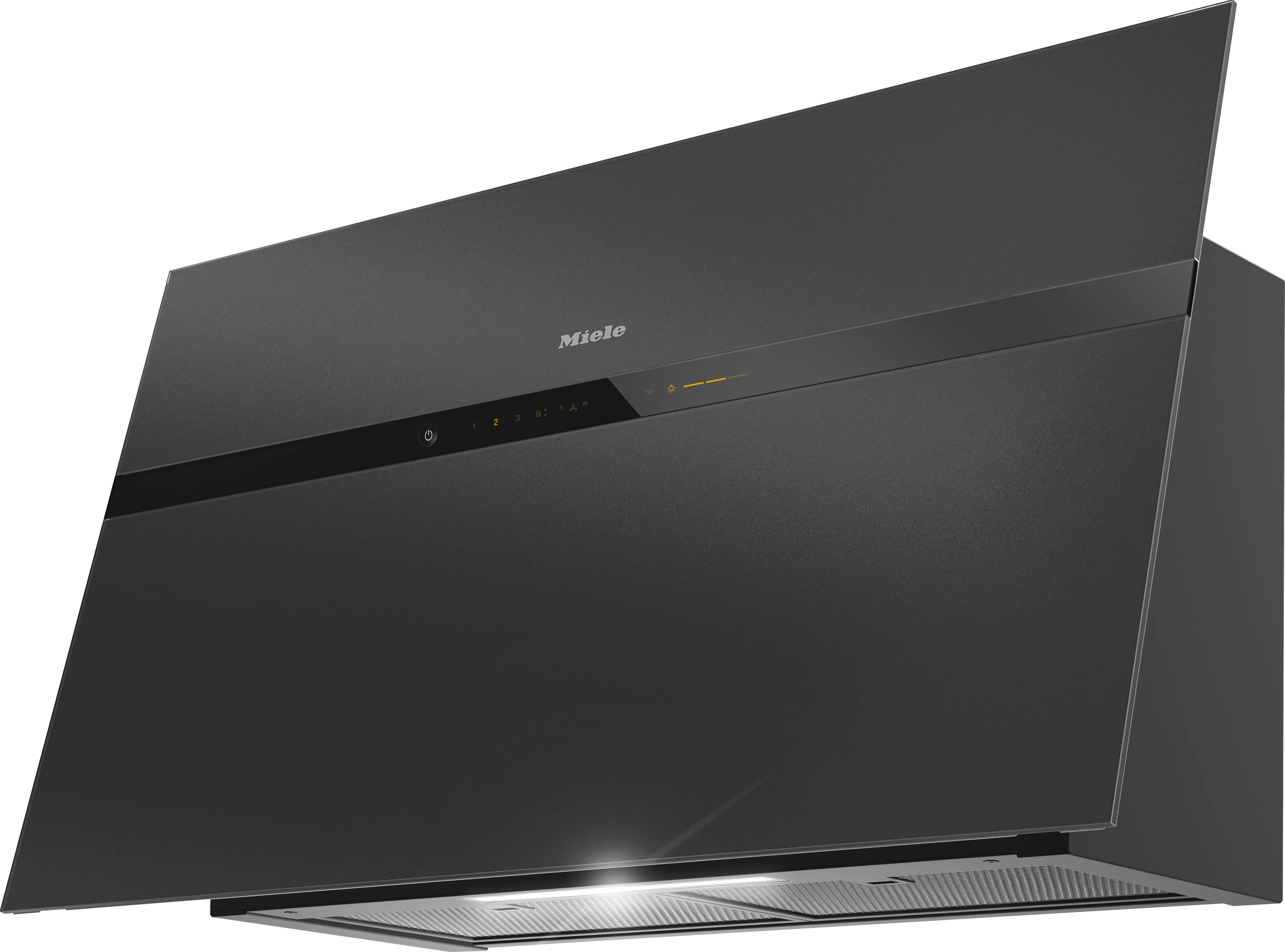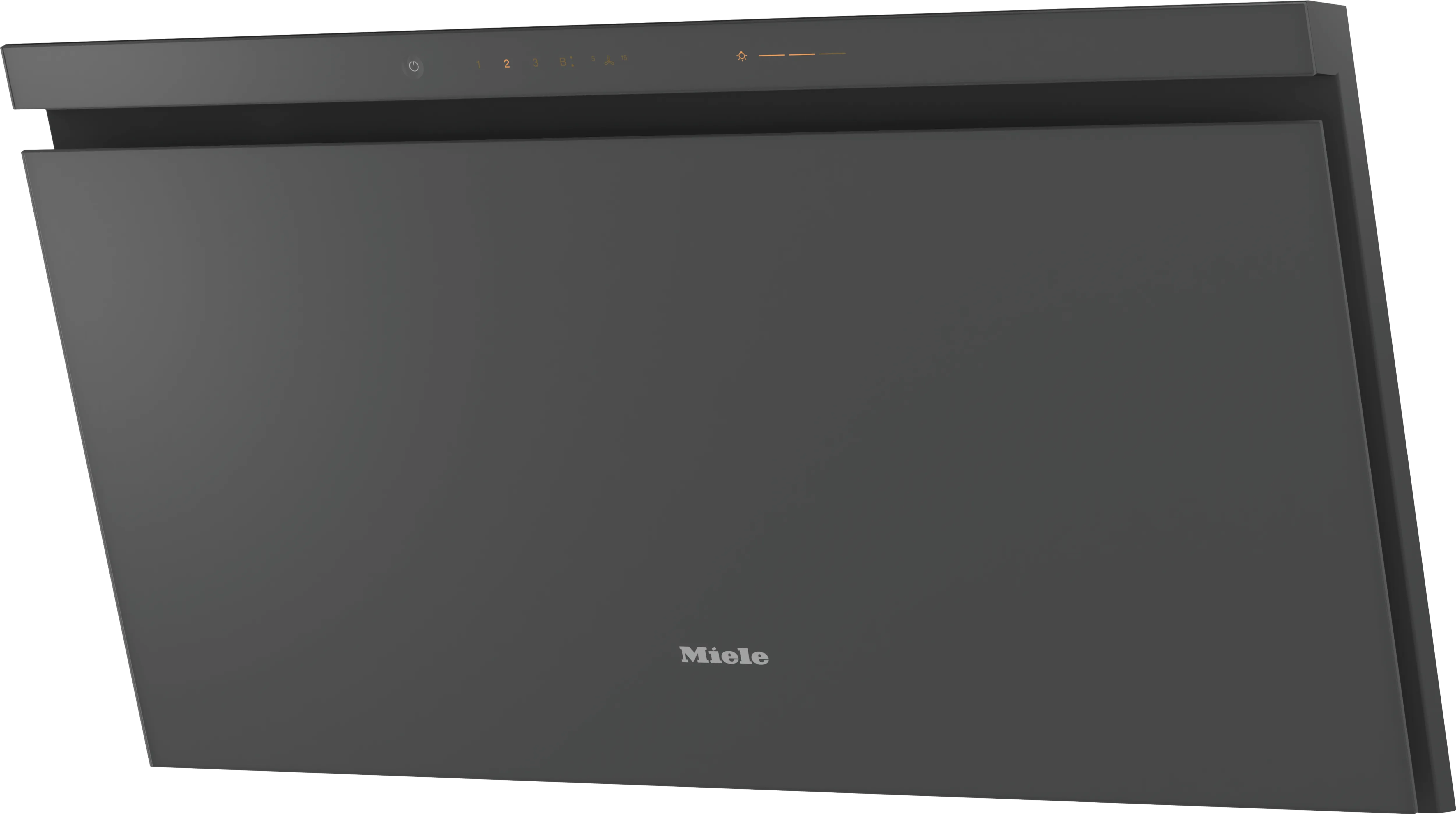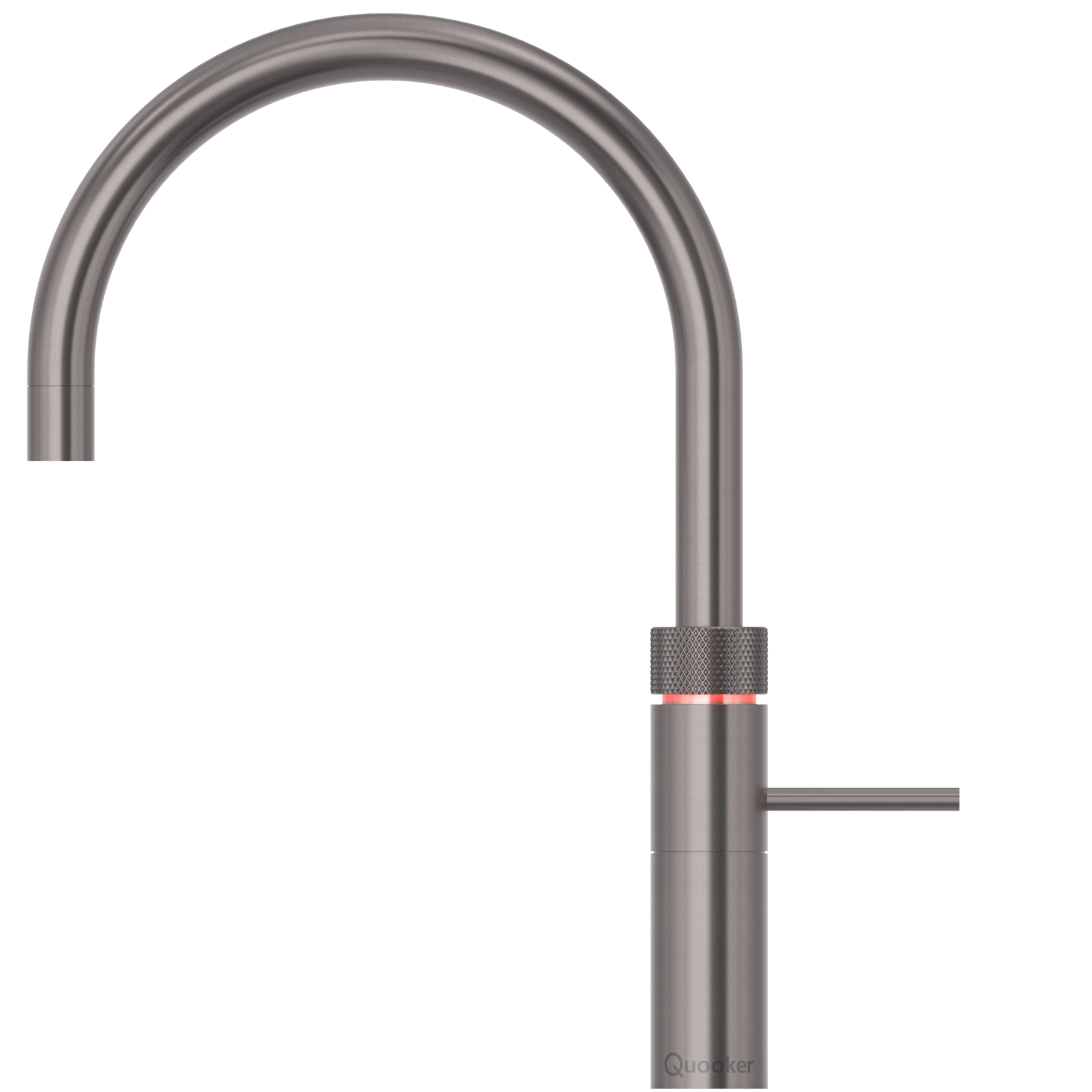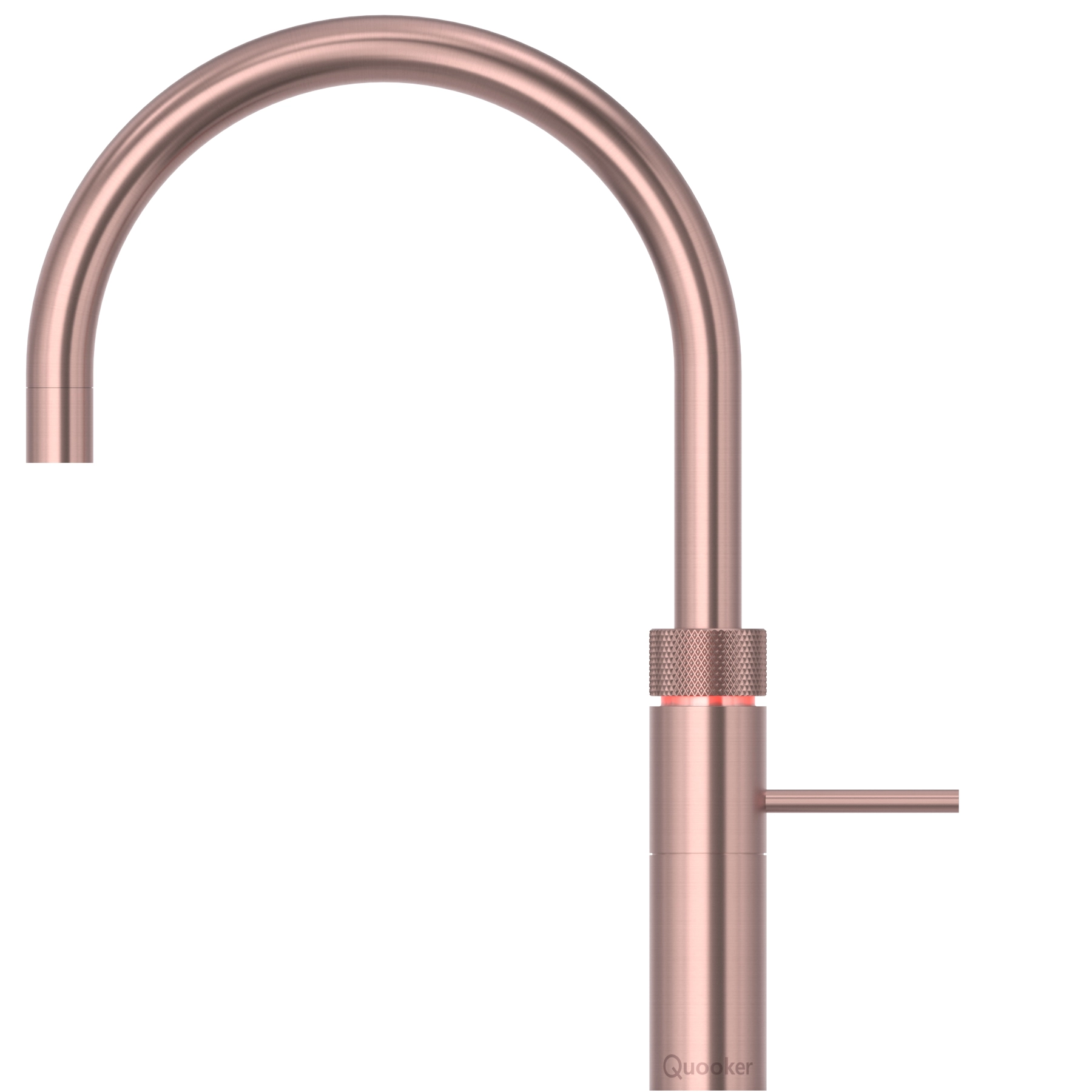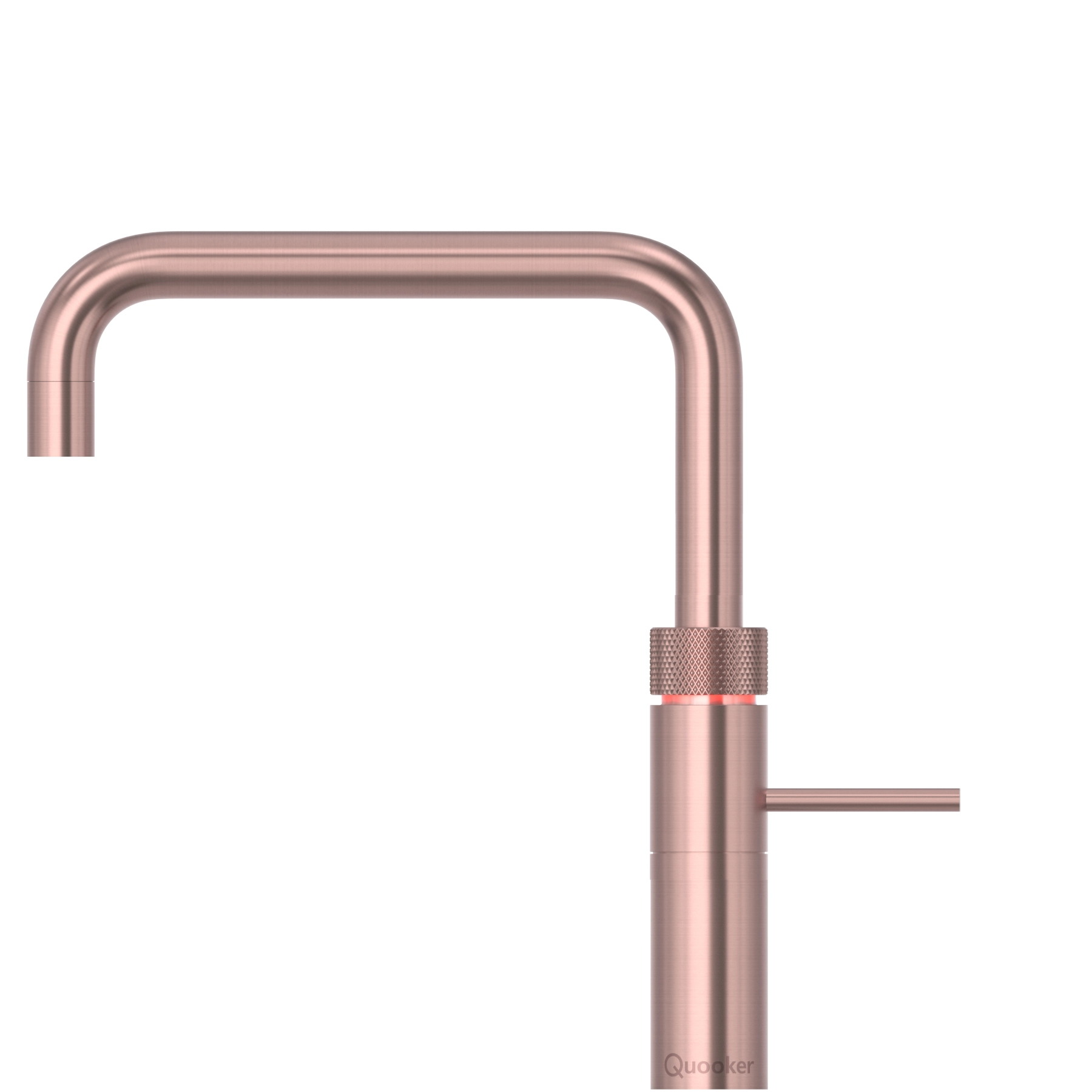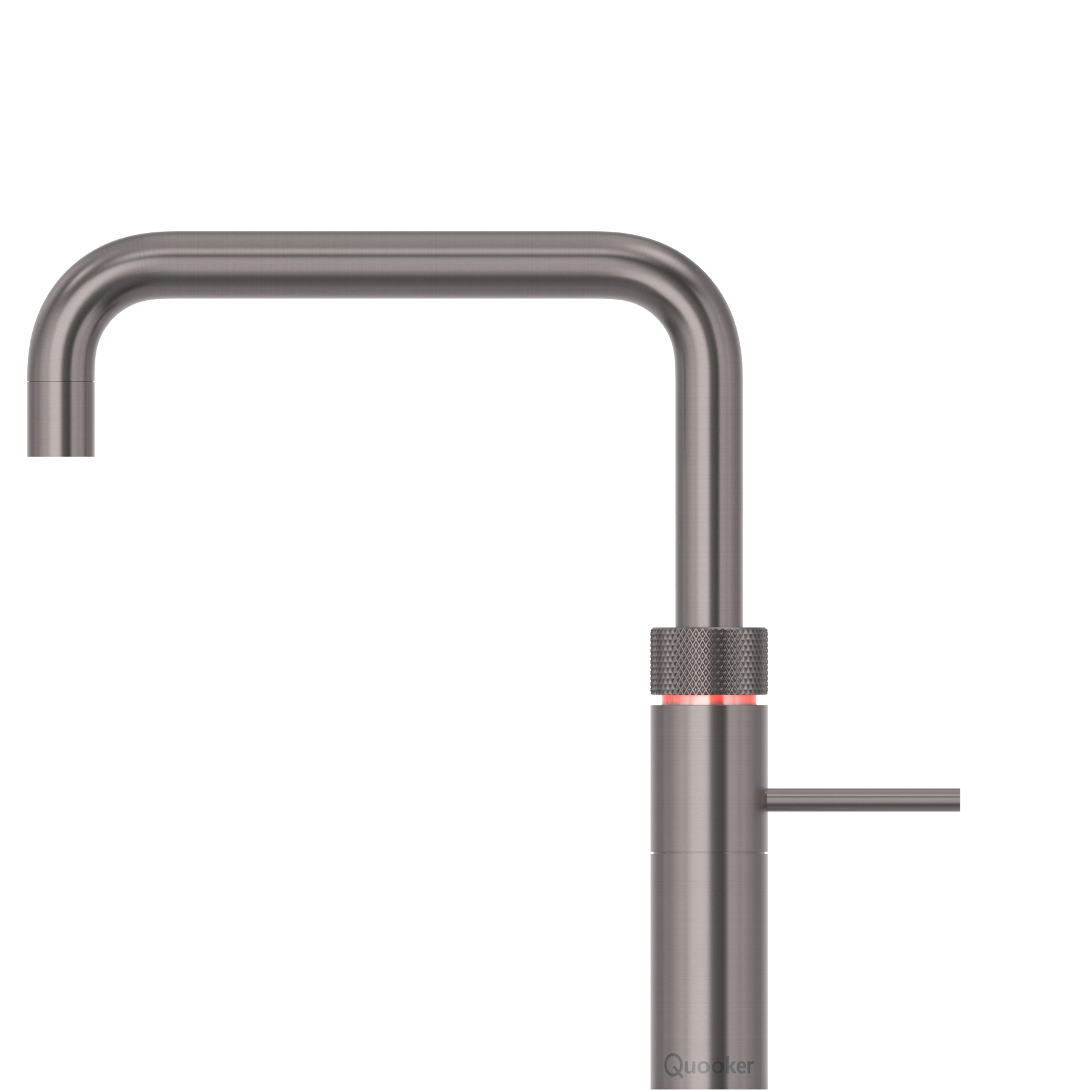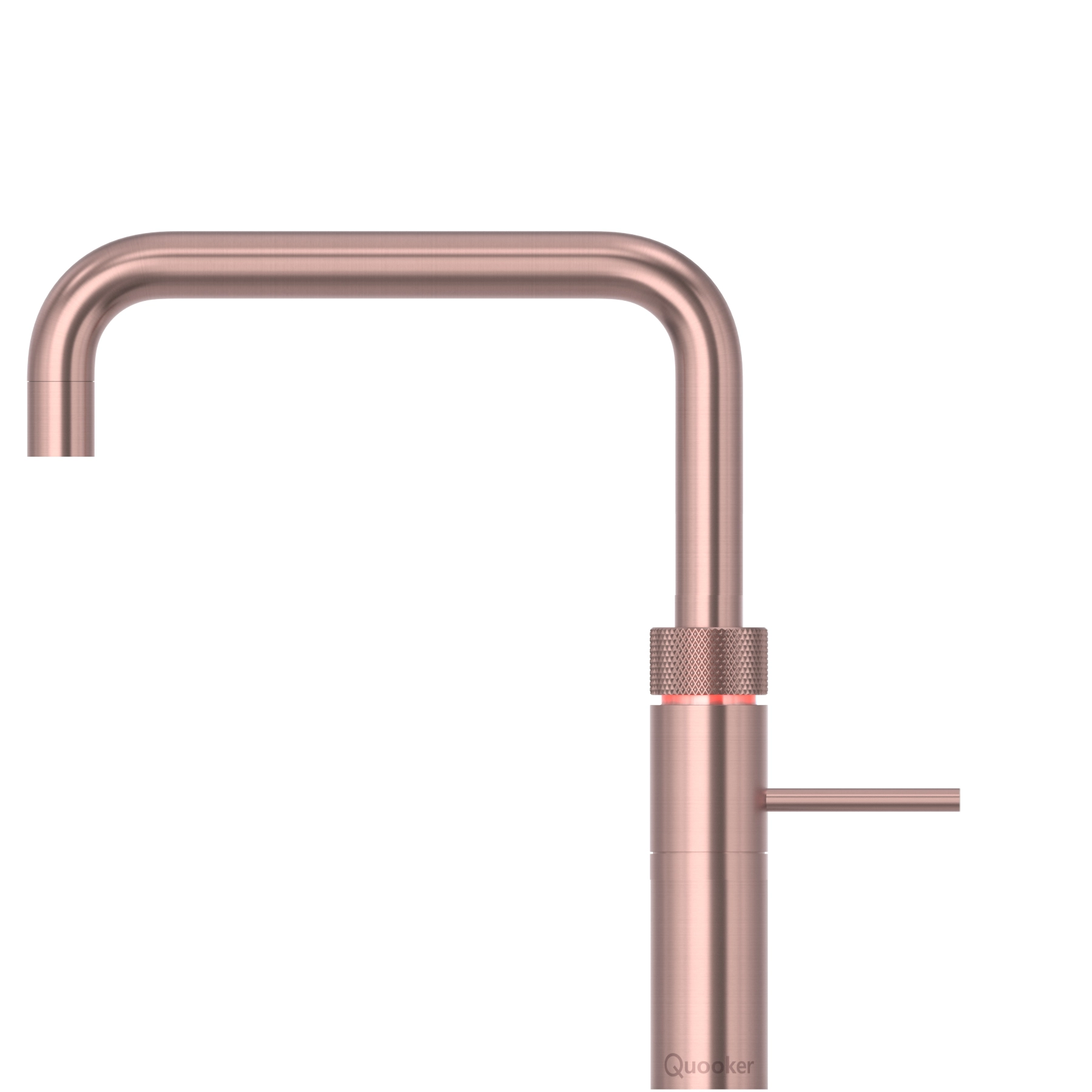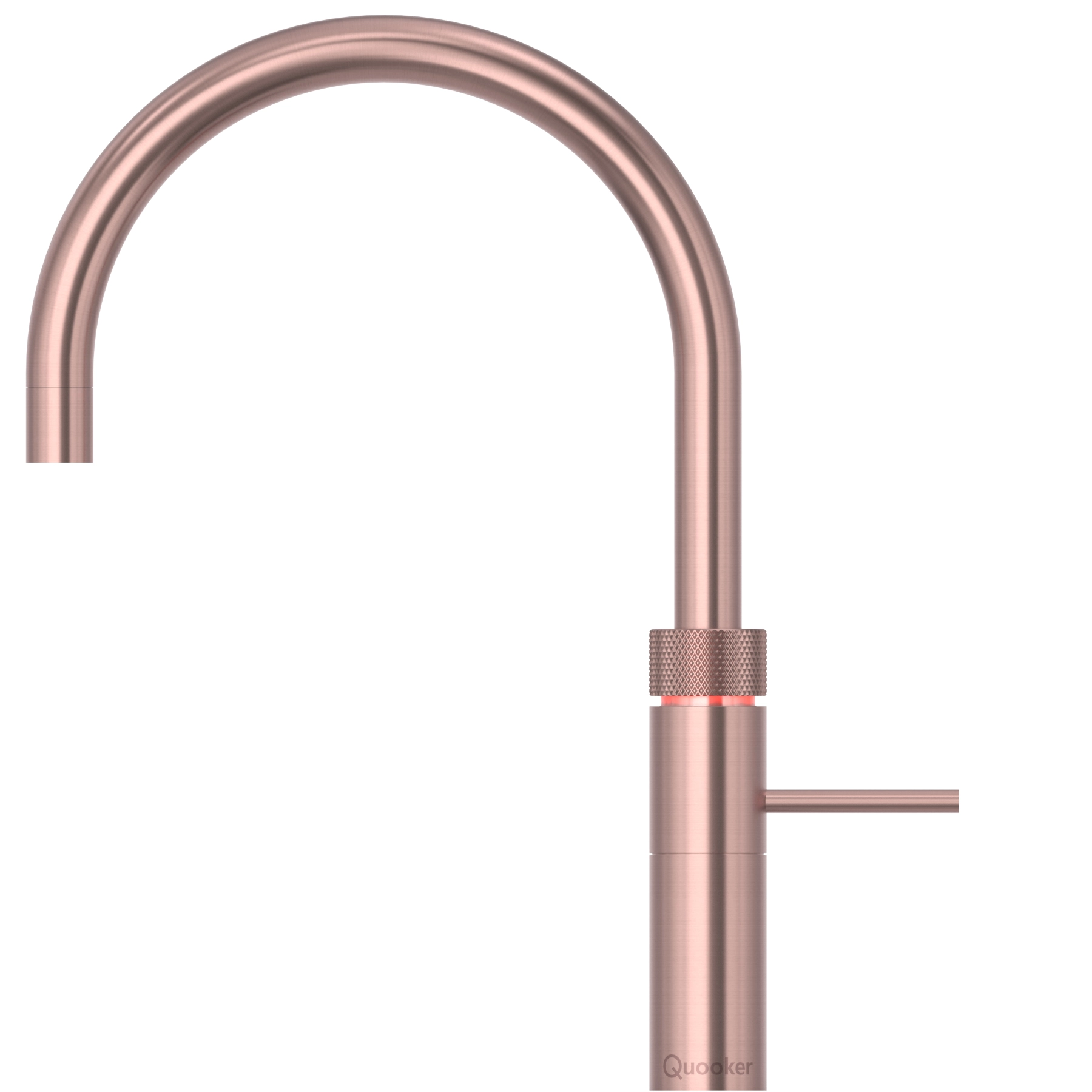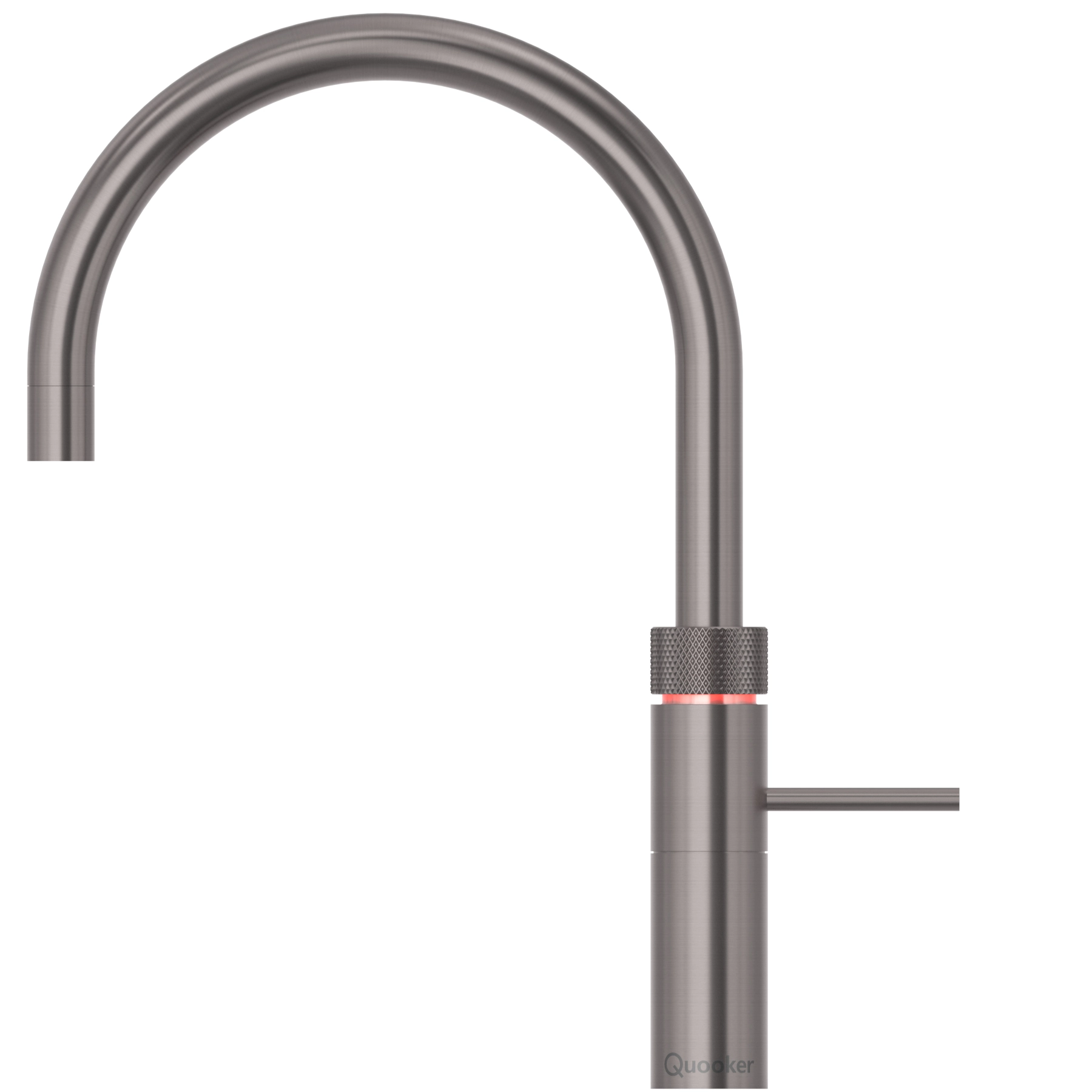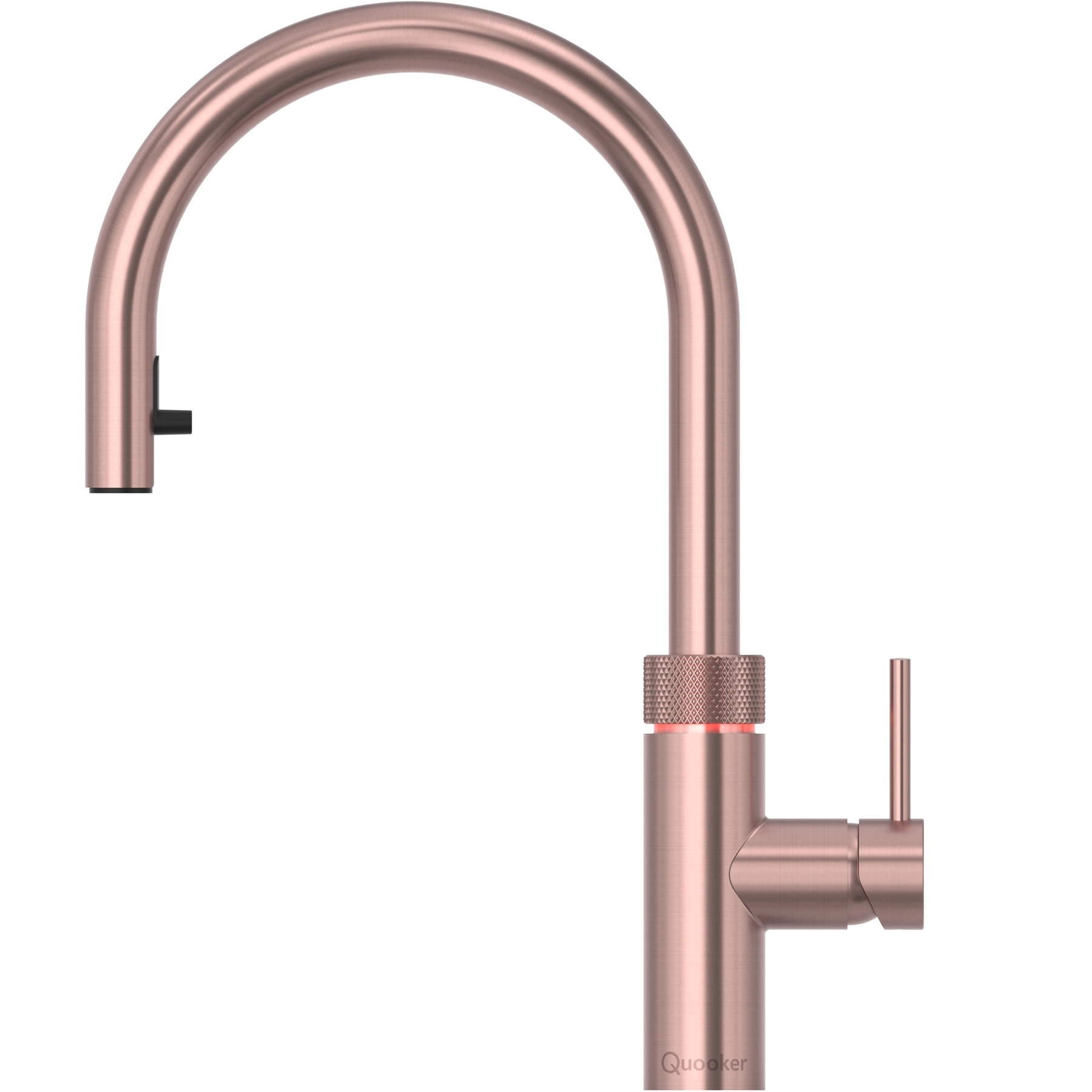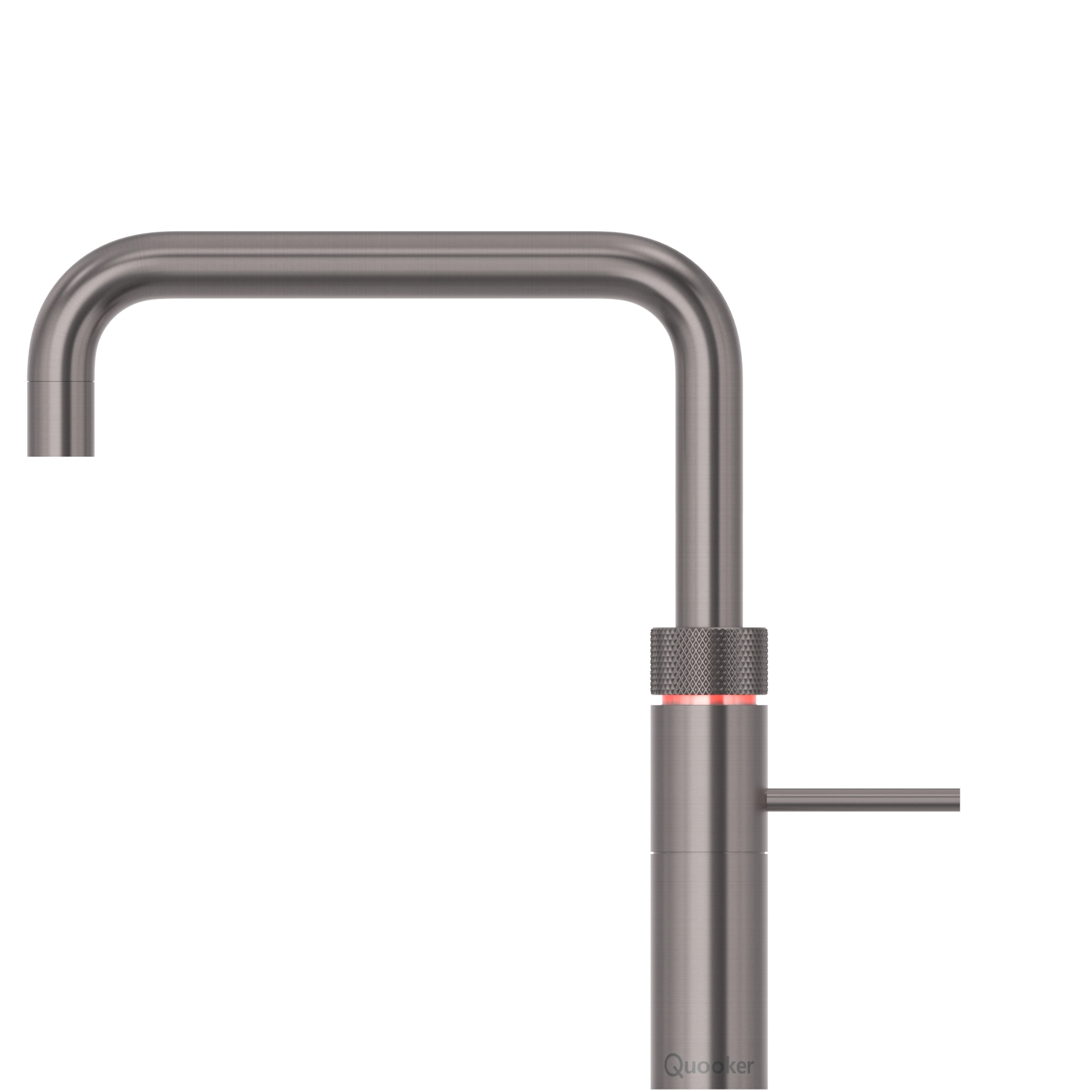
Energy Saving in the Kitchen: Energy Efficiency Classes & Energy-Efficient Kitchen Appliances
How can you save energy in the kitchen? And what do energy efficiency classes actually tell us about kitchen appliances? We explain it in the Mykitchens Magazine.
reading time: about 2 minutes
In Unsettled Times (and of course for Climate Protection), We Should Save Energy. The fact is: When cooking and baking, we consume quite a bit of energy and water every day. Kitchen appliances like stoves, ovens, and refrigerators require electricity (and sometimes gas) to function. With rising electricity and gas prices and the ongoing environmental impact, we ask ourselves: How can we as individuals reduce our energy consumption and become more efficient in the kitchen? Energy efficiency classes are all well and good, but is that enough? We explain what the details on the energy label mean, provide ultimate water- and energy-saving tips, and have also listed the most energy-efficient kitchen appliances for you.
Reducing Energy Consumption in the Kitchen
Here, we show you how to specifically reduce energy consumption in the kitchen. Below, you'll find some of the best tips for saving electricity and water while cooking and baking. Additionally, we have listed more energy-saving tips for individual kitchen appliances in "Energy guzzlers in the Household" gelistet.
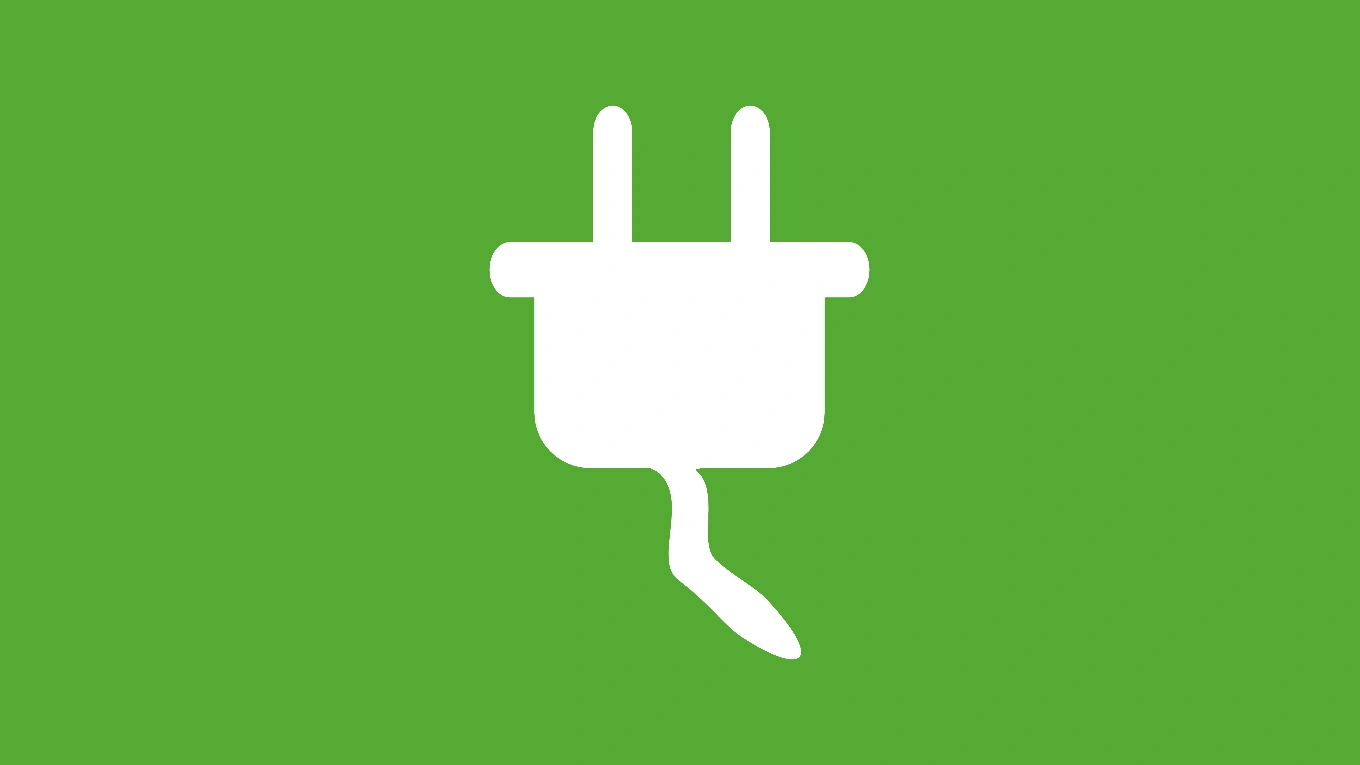
Tips for Saving Electricity
Every kitchen appliance uses electricity, but there are various ways to reduce this consumption. While some changes may seem small at first, when you calculate the annual savings, you can significantly reduce your electricity costs in the kitchen.
- Buy A-Class Appliances
- Use 2-in-1 Appliances (Combo Appliances)
- Use Compact Appliances with Smaller Dimensions (If Possible)
- Utilize Residual Heat
- Maintain and Clean Devices Regularly
- Use Small Appliances for Small Tasks, Large Appliances for Larger Tasks
- Avoid Standby Mode, Turn Appliances Off Completely
- Use Daylight or LED Lights
- Ventilate Properly & Avoid Overheating
- Cook Less
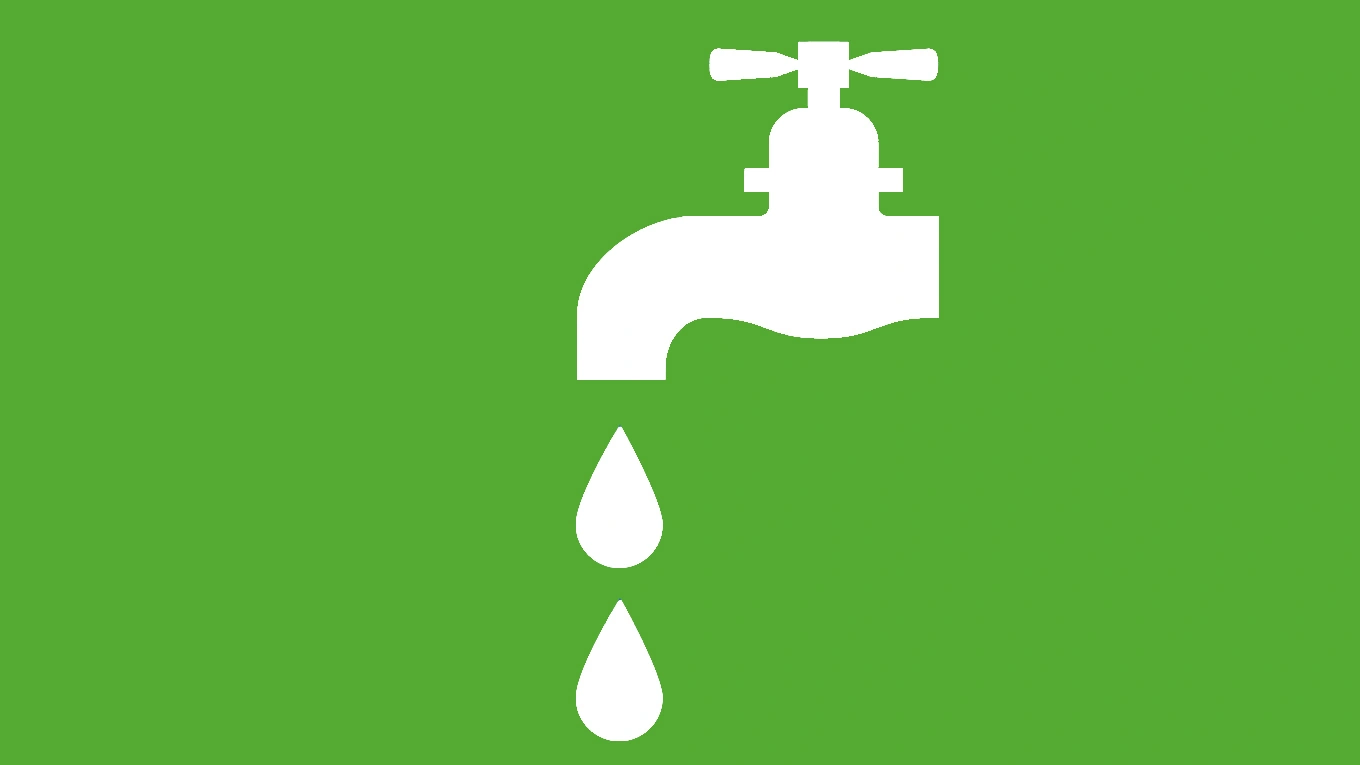
Tips for Saving Water
While saving electricity is great for your wallet, it's just as important for the environment to pay attention to your water usage. After the bathroom, the kitchen is the second biggest space where large amounts of water are consumed.
- Set water hardness & descale regularly
- Use eco-programs
- Gas boilers & central heating systems are more energy-efficient than tankless water heaters
- Use a kettle or boiling water tap (e.g. from Quooker) for 100° boiling water
- Maintain and service faucets regularly
The Energy Label for Kitchen Appliances
When it comes to saving energy with kitchen appliances, one term often comes up: energy efficiency class. If a device in the kitchen has a poor energy efficiency class, it's not very useful to always monitor your electricity consumption because the device itself is inefficient, meaning it doesn't perform well enough. Therefore, the first step is to check where you can improve the energy efficiency of your electrical appliances. The focus should initially be on the energy label. Since the 1990s, electronic devices in the EU have been required to display an energy label. The most important feature on the label is the classification into an energy efficiency class, which manufacturers assign themselves.
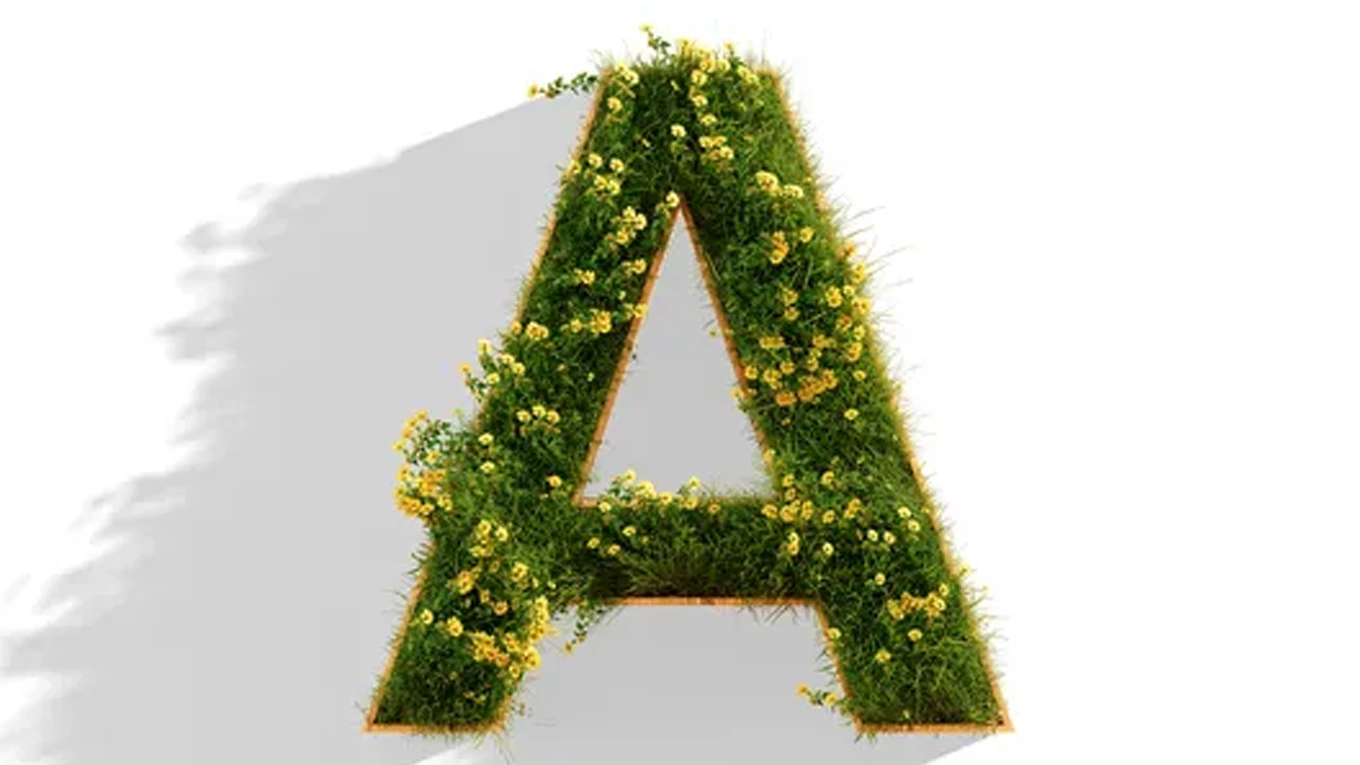
What’s on the Energy Label
In addition to the energy efficiency class, the label also displays other key features, including the annual consumption in kilowatt-hours (kWh). Sometimes, the label will also show the size, noise level, or water consumption.
- Energy consumption in kilowatt-hours (kWh)
- Volume in liters / place settings
- Water consumption in liters
- Program duration in hours
- Noise level in decibels (dB)
- Ventilation efficiency A-G
- Lighting efficiency A-G
- Fat separation efficiency A-G
Energy Efficiency Classes A to G / A+++ to D
Devices are classified based on their energy consumption into classes from A to G (or in some cases, from A+++ to D). Class A devices are very efficient in their energy usage, while Class G devices are energy hogs. Energy classes can also be distinguished by color, and are based on the traffic light color system. Class A is green, the middle range is yellow, and the worst class, G, is red.
Until 2017, there were additional distinctions, such as A+++, A++, and A+. However, this system was abolished because it became confusing for consumers. Only a few kitchen appliances, like ovens, are still classified with a plus sign, ranging from A+++ to D.
The efficiency classes are set individually depending on the device group (e.g., refrigerator, washing machine, or light). So, how energy-efficient a Class A refrigerator is can only be compared to other refrigerators, not washing machines or other devices in Class A.
Other Quality Marks, Certification Labels, and Symbols for Kitchen Appliances
As a buyer, it's important to know that the energy efficiency class should not be the sole deciding factor when purchasing. Other factors should also be considered, such as the lifespan of kitchen appliances and additional resource consumption, such as raw materials used. If a kitchen appliance with a good energy label only lasts a few years, the need for replacement not only incurs higher costs but also increases environmental impact, as you have to dispose of the old appliance and purchase a new one. The same applies to the use of expensive-to-source raw materials, such as rare types of wood. Be sure to look for recycled materials and appropriate labels or certifications that indicate sustainability.
Energy-efficient Kitchen Appliances with Low Energy Consumption
If your appliances are more than 10 years old, it might be time to consider replacing them. When doing so, it's a good idea to start with well-known brands that are recognized for their environmental commitment. One such brand is Miele, which produces energy-efficient products with a long lifespan (around 20 years). Another tech giant, Bosch, also offers appliances with excellent energy performance, such as Bosch ovens from the Bosch Series 8, which feature rapid preheating capabilities. To get started, here are some appliances with the best energy efficiency class A from our shop. We also provide an overview of the energy labels, showing what to look for when selecting refrigerators, dishwashers, ovens, and range hoods.
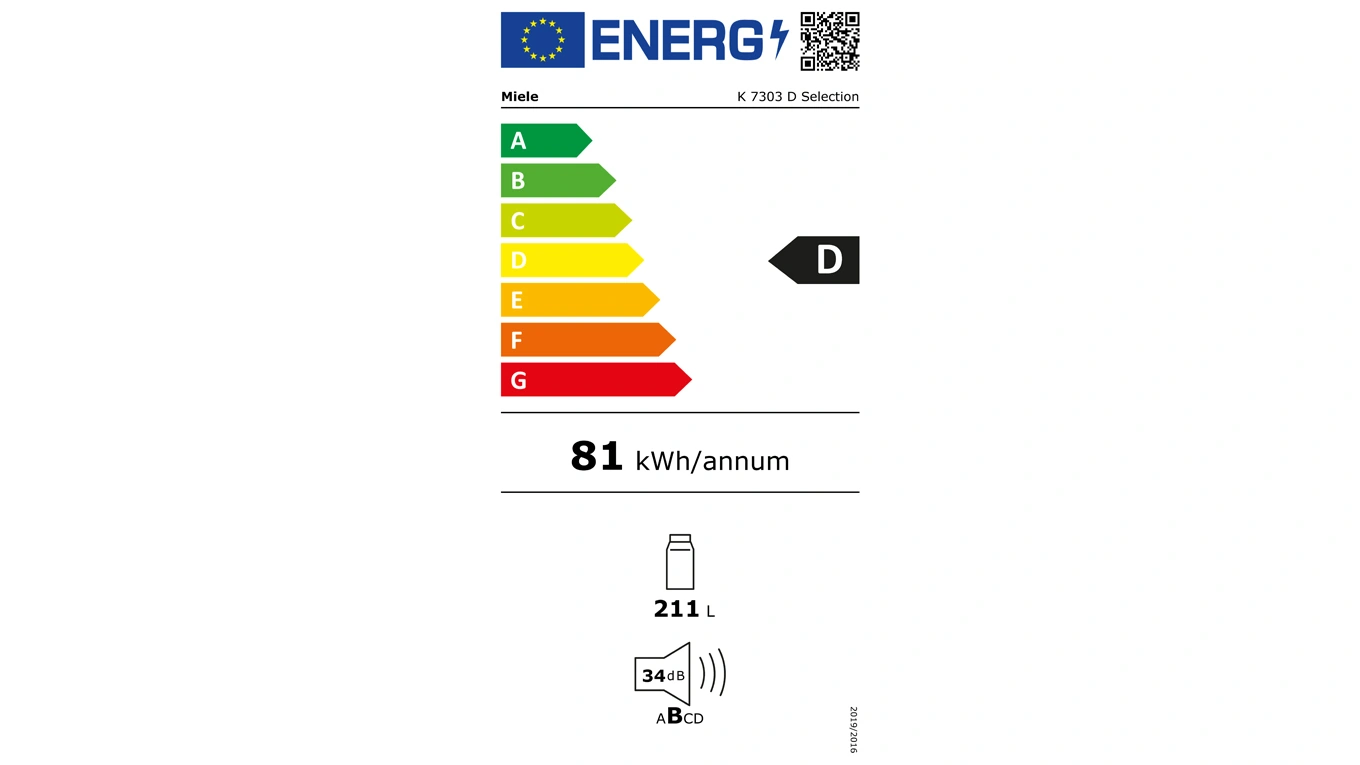
Energy-efficient Refrigerator
Refrigerators, fridges and freezers, chest freezers, and wine coolers are some of the biggest energy consumers in the kitchen. The constant cooling requires a lot of power from these devices. Due to changes in the energy efficiency classes, many refrigerators have been downgraded. For example, a SMEG refrigerator with an annual power consumption of 130 kWh, which was previously rated A+++, is now classified with a medium energy efficiency of class D. Therefore, it's advisable to compare the energy consumption of different devices.
A general guideline: A medium-sized refrigerator that operates efficiently consumes around 90–125 kWh per year. This currently corresponds to energy efficiency classes C and D.
The refrigerator's energy label shows not only the annual consumption in kWh but also the volume and noise level in decibels (dB).
Energy-efficient Refrigerator










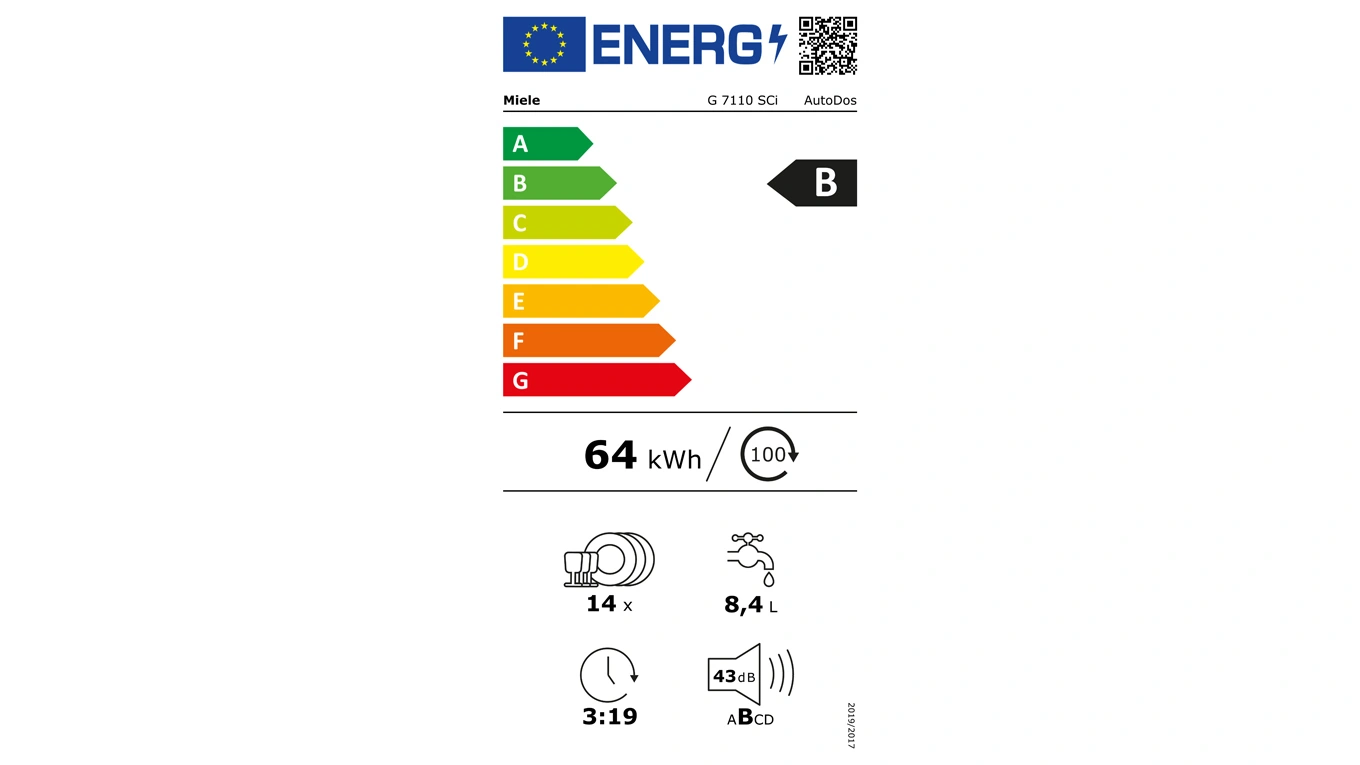
Energy-efficient Dishwasher
When choosing a dishwasher, it's important to consider both the energy consumption and water usage. Unlike other kitchen appliances, the energy consumption is given in kWh per 100 cycles, and the water consumption is based on a single cycle. For the classification, the energy consumption in the most efficient program (usually Eco) is examined. The requirement is that the wash cycle can clean normally soiled dishes.
Miele is one of the few manufacturers offering dishwashers with the best energy efficiency class A.
- Number of place settings
- Water consumption in liters
- Program duration in hours
- Noise level in decibels (dB), rated from A to D
Energy-efficient Dishwasher






![[Zweite Wahl] Smeg LVSP34BQSTX Stand-Geschirrspüler Edelstahl [Zweite Wahl] Smeg LVSP34BQSTX Stand-Geschirrspüler Edelstahl](https://mykitchens.de/media/a7/07/34/1762980116/smeg-lvsp34bqstx-geschirrspueler-produktbild-01.jpg?ts=1762980116)
![[Zweite Wahl] Miele G 7200 SCi Teilintegrierter Geschirrspüler Edelstahl [Zweite Wahl] Miele G 7200 SCi Teilintegrierter Geschirrspüler Edelstahl](https://mykitchens.de/media/eb/37/b4/1762288913/miele-g7200sci-geschirrspueler-edelstahl-produktbild.webp?ts=1762288913)
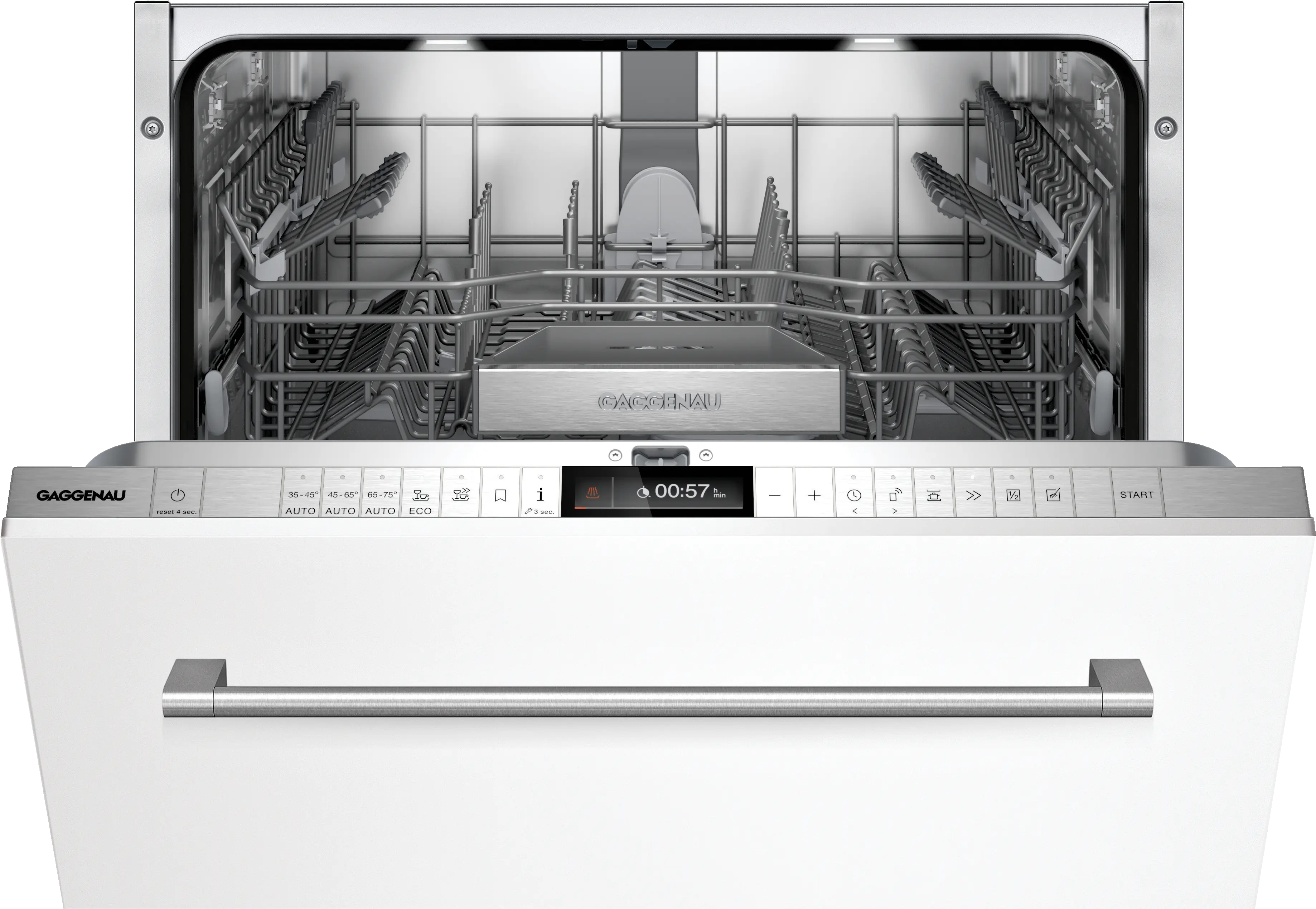
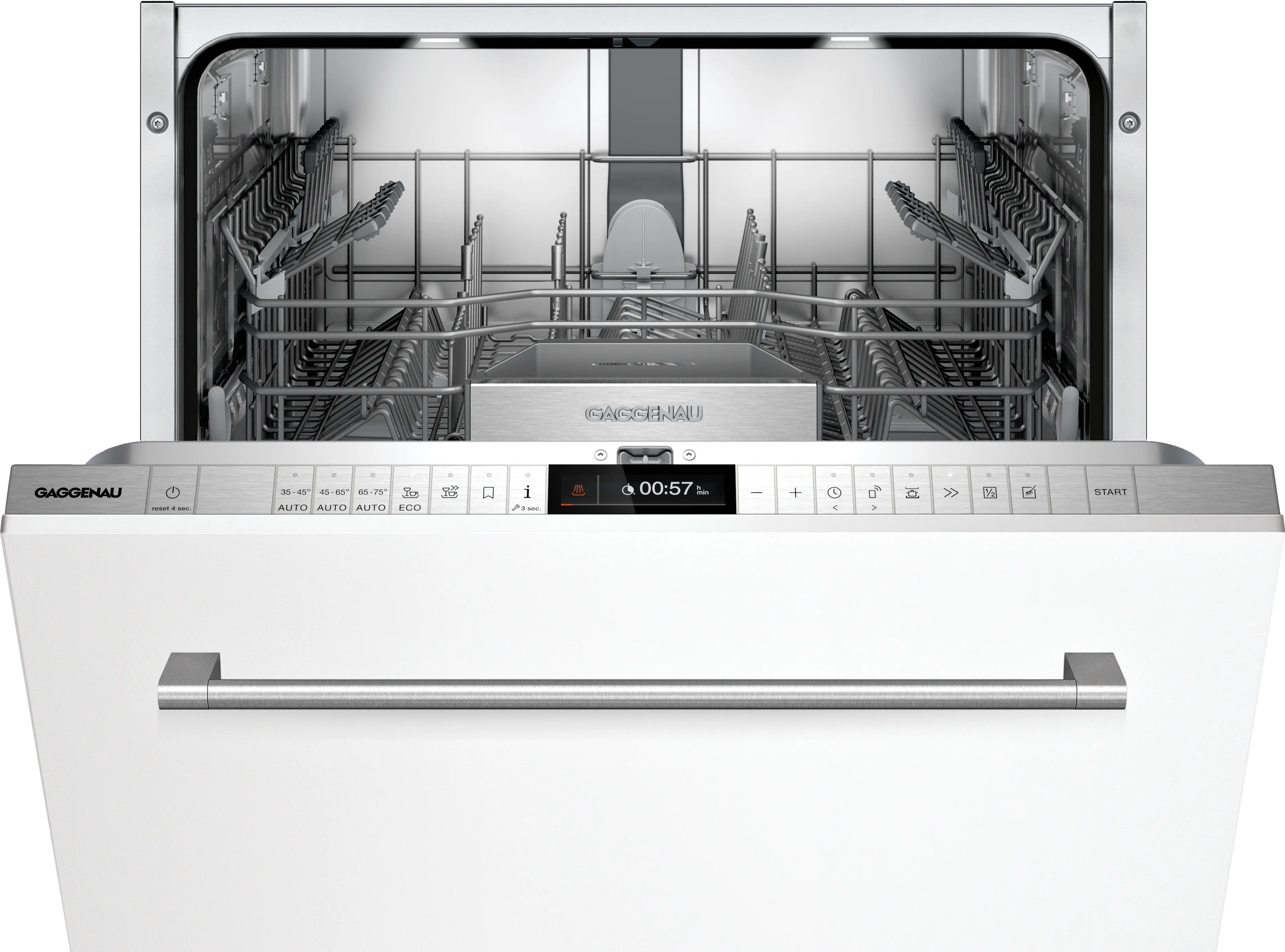
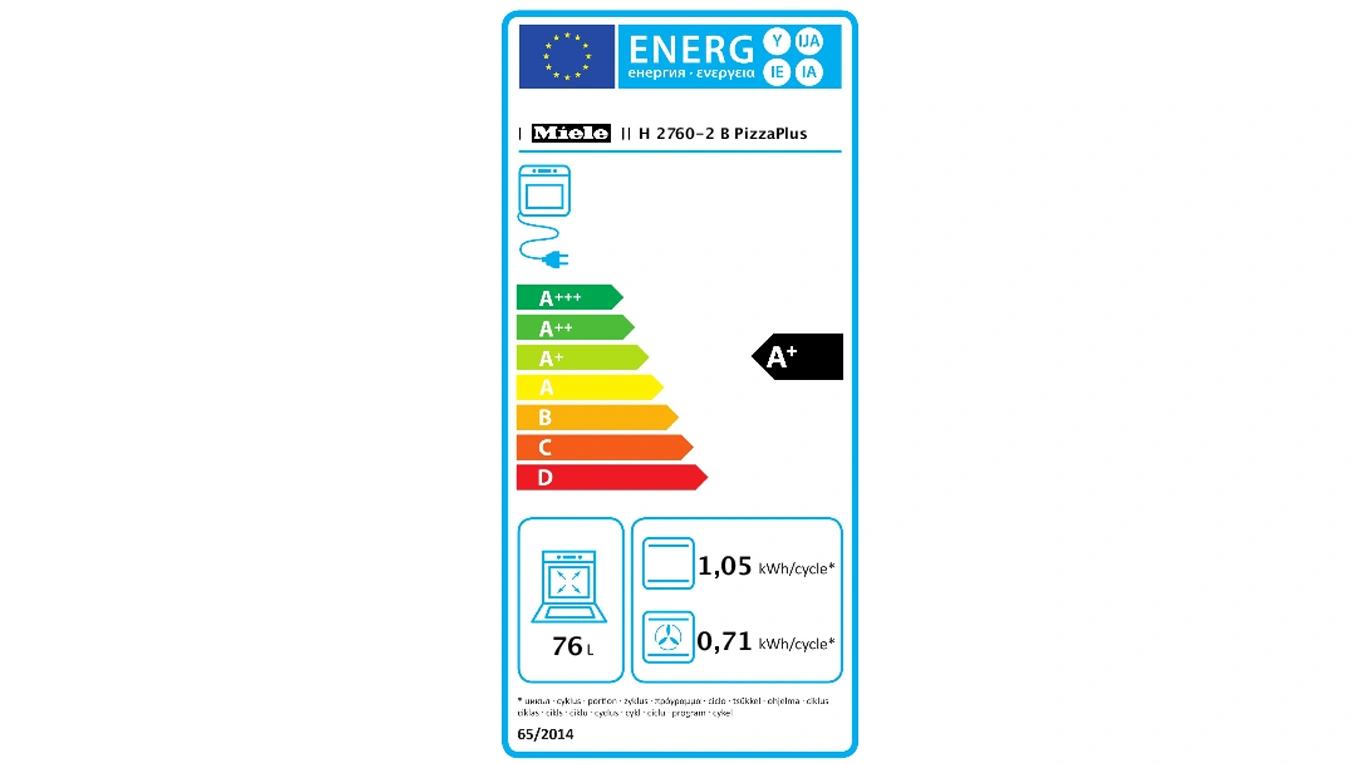
Energy-efficient Oven
Ovens and ranges are classified into energy efficiency classes from A+++ to D. The energy label on an oven also includes information on the energy source (electricity or gas), the oven capacity in liters, and the energy consumption in kWh per cycle for conventional operation and convection/heat air. For gas stoves, the data is provided in megajoules (MJ). The energy label does not indicate how the food is prepared inside the oven, so when purchasing an oven, other factors, such as cooking modes, should also be considered. A good benchmark for energy-efficient ovens is around 0.9 kWh.
Important to note: Microwave ovens, cooktops, and steam cookers (except steam ovens) are not labeled with an energy label. In these cases, other criteria should be used for comparing energy consumption.
Energy-efficient Oven










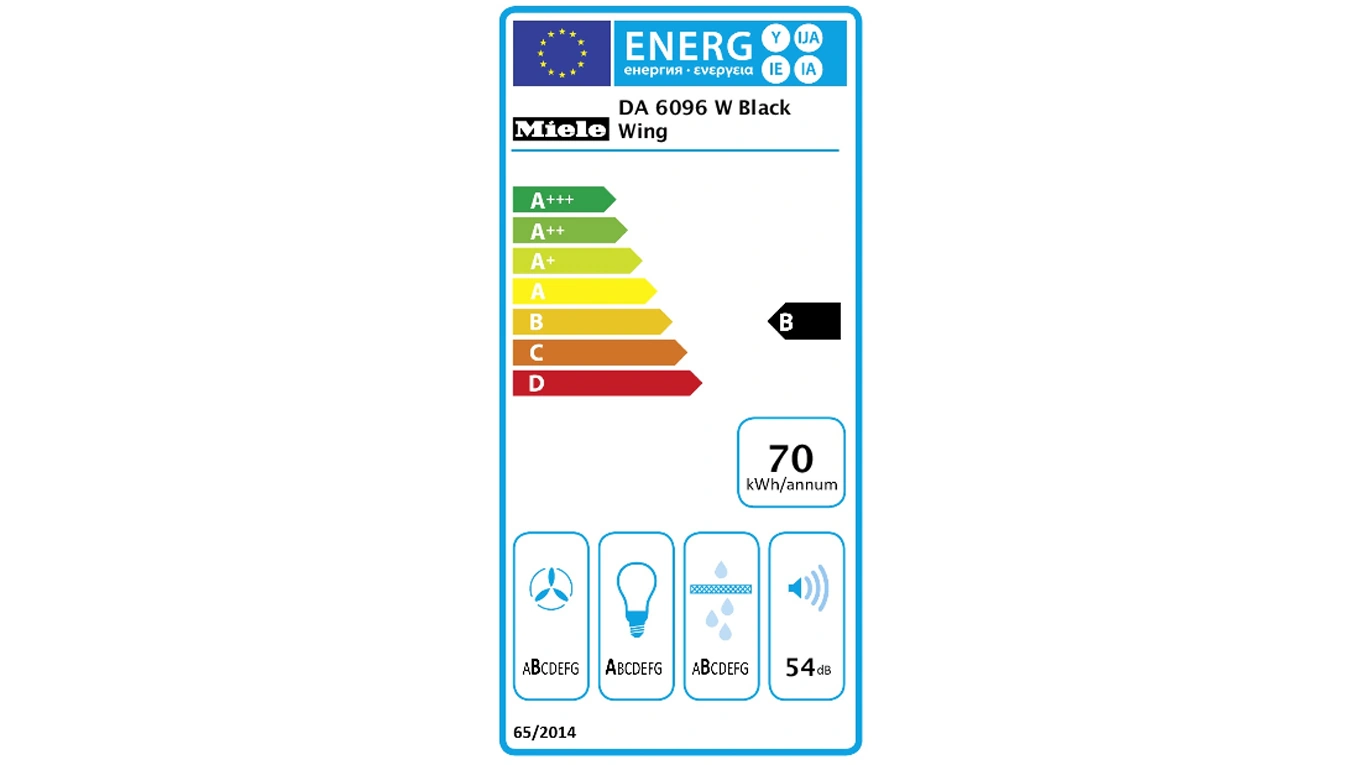
Energy-efficient Range Hood
Range hoods and cooktop extractors also come with an energy label, classified from A+++ to D, indicating the annual energy consumption in kWh. Additional details on the label include the air flow efficiency (energy required to transport exhaust air), lighting efficiency, and the grease separation grade (effectiveness of the grease filters) on a scale from A to G. Furthermore, the noise level is listed in decibels (dB).
Energy-efficient Range Hood
